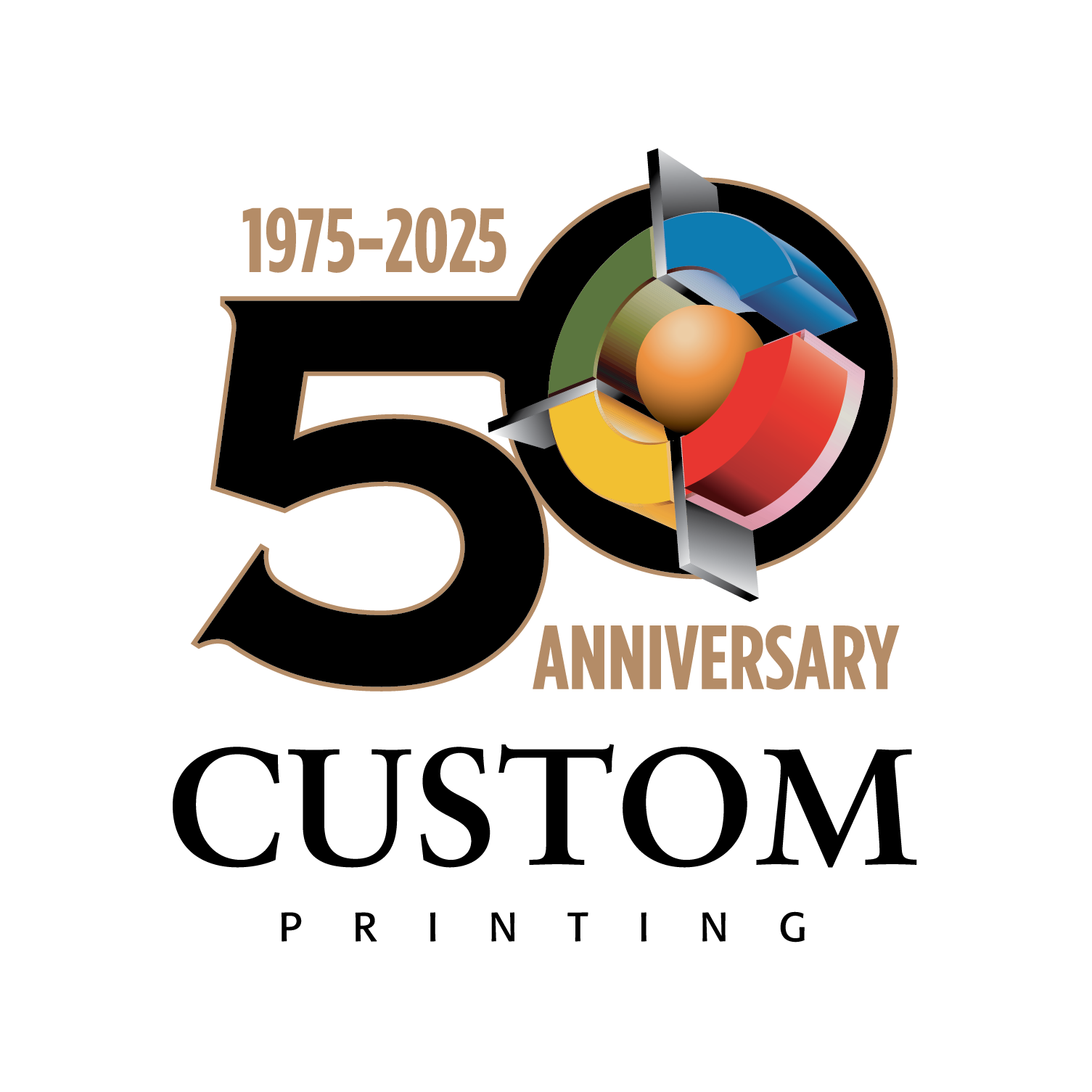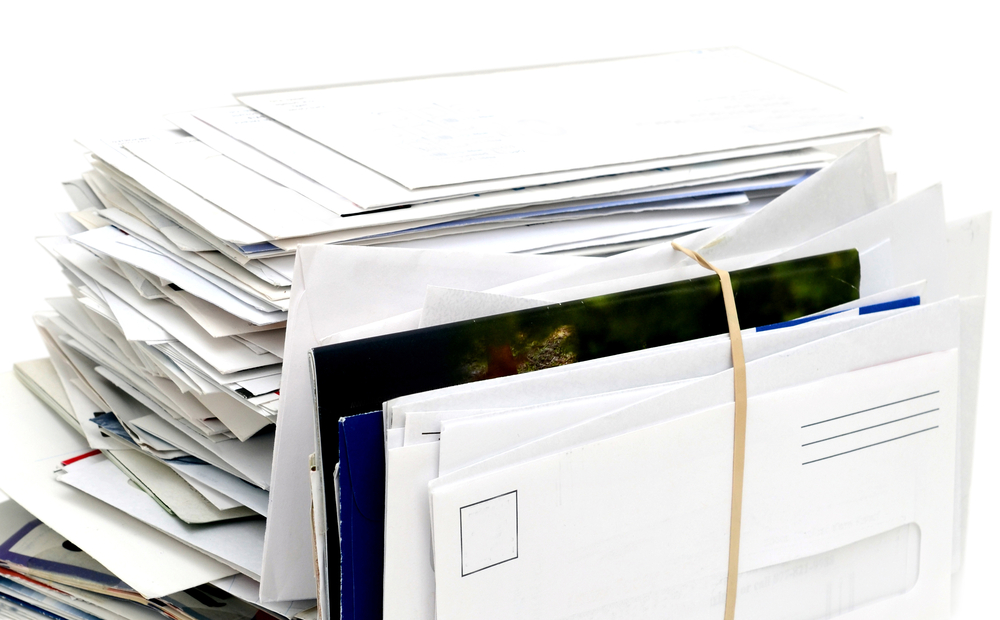Targeted mailing lists are invaluable tools for any business that sells a good or service. A targeted mailing list will allow a business to pinpoint customers and potential customers who are truly interested in their product. Businesses often develop multiple mailing lists, allowing them to target certain groups for varying promotions.
Creating a well-targeted mailing list can be tricky, however. Business owners often find that the process can take years, as getting the names and addresses of good potential customers often proves a lot more difficult than business owners think it will be. Many old tricks, offering people a chance to win a prize when they fill out a form, for example, have become so overused that too many people are used to ignoring these pitches. For most businesses, it’s time to start looking at new strategies to develop a well-targeted mailing list.
If you’re a business owner who needs to update, expand, or even start to create a targeted mailing list, follow these suggestions.
- Start with Your Clients
The odds are good that you already have a list of people or businesses that have purchased from you. These lists are the best way to start a targeted mailing list; they include people you know who are interested in your products or services.
If your business is focused on providing a long-term product or a one-time use service, don’t discount the value of this list. It may be possible to offer additional services or companion products to what you have already sold. For example, a contractor who installs swimming pools may assume that they never get repeat business and, therefore, not place too much value on their old customer lists. These lists could be used to sell pool repair or cleaning services.
- Organize Your List
Not everyone on your list will be ideal for every promotion. Targeted lists are no longer a list of names and addresses but rather a database of potential customers. This means that you should work to gather as much data as possible on each of the names on the list.
Depending on your business, knowing annual income, family make-up, or even such unusual information as favorite colors or patterns may be useful. Having information about what your customers want, what they can afford, and what they have bought in the past will help you to determine what you can sell to them in the future.
Getting this information can be tricky, however. Some companies will utilize customer surveys, while others will hire data mining companies. Other companies will have their sales staff notate any information they get in a customer database.
Some of the most useful data is in regard to customer buying habits. Are the people on your list more likely to make a purchase if they have a coupon? Do they tend to respond better to a live salesperson calling or sending an offer in the mail? Collecting good data like this can take a lot of time, but it is well worth the effort.
- Organize Your Data
Of course, none of this data will be useful if there is no way to access it. Because of this, it’s usually a good idea to take the time to organize your database so that it is searchable.
Many businesses start with some basic search capabilities, such as searching for customers who live within a specified geographic range or who meet specific income requirements. Other businesses might want systems that allow them to search by multiple terms, allowing them, for example, to pinpoint customers who live in a specific zip code who have expressed an interest in buying new curtains but who would likely only buy if they had a coupon or discount code.
Being able to pinpoint specific customer groups will allow a company to tailor their marketing directly to specific customers. This could mean sending catalogs highlighting products the customer is most interested in and/or mailing coupons of varying amounts depending on how much of a discount it is believed a customer will need to be convinced to make a purchase.
- Constantly Build Your Database
Once you have a system that works well for your business, it’s time to start adding to your database. Finding new potential customers can sometimes be as simple as asking visitors to a website or tradeshow booth to register. Still, many business owners find this marketing aspect the most challenging.
There are plenty of ideas to attract new sales leads, and let’s be honest; if you’ve been in business long enough, you have probably tried a lot of them. If you just don’t seem to be having any luck attracting new customers lately, it may be time to hire a company to handle this aspect of marketing.
Purchasing a list of leads can be a good way to grow a targeted mailing list, but business owners must do their due diligence. Know what you’re buying and have a plan to use the information. For example, determine if your company needs a general list of potential customers or if buying a likely shorter list of targeted customers makes sense. A company should also have a marketing plan for the list; mailers must go out as soon as possible after the list is obtained. The longer the list sits, the more likely the information will go bad.
If you need assistance building a targeted mailing list, visit us at Custom Printing. We can help you build and organize your data and are experts at designing and printing unique marketing materials.


